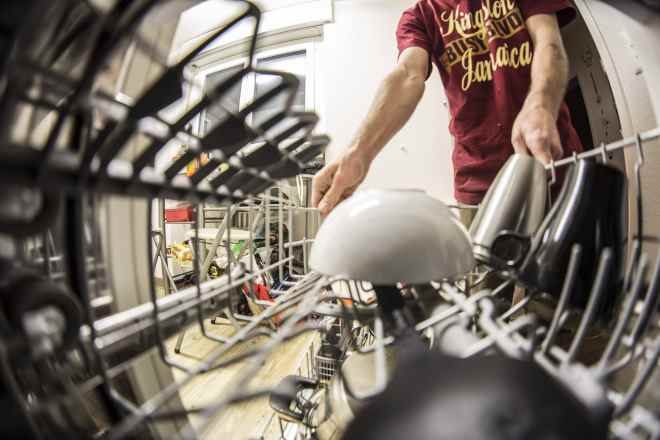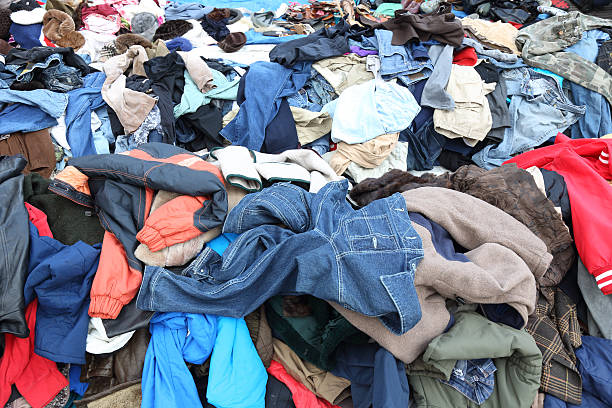Join Local Sustainability Programs and Make a Real Impact 🌍
Discover how small changes can create a big difference in your community. Local sustainability programs focus on practical, everyday actions — from waste reduction to clean energy awareness. Learn from real examples, connect with community initiatives, and take simple steps toward a greener future. No politics, no pressure — just people working together for a better world.

Local sustainability programs give people a clear, practical way to contribute to environmental goals without having to tackle everything alone. Whether you live in a dense city or a rural town, these community-led initiatives help translate broad ideas—like reducing emissions or conserving water—into straightforward tasks. Participants gain step-by-step guidance, access to shared tools, and a supportive network that keeps motivation high. From neighborhood composting groups to citizen science events, each activity is designed to make measurable progress while teaching skills you can use at home, work, or school.
Community sustainability programs
Community sustainability programs come in many forms, but most have a few features in common: inclusive participation, measurable goals, and local relevance. You might find neighborhood cleanups, food waste reduction challenges, tree planting days, or energy-use audits for households. Many groups track progress over months, turning small efforts into cumulative results. They also build partnerships with schools, libraries, and local services to broaden access. Crucially, these programs are not just about volunteering; they are about learning, testing new habits, and sharing what works so others can replicate success in their area.
Eco-friendly lifestyle education
Eco-friendly lifestyle education focuses on changing daily habits through practical instruction rather than abstract theory. Workshops and courses often cover topics like smart shopping to cut packaging, meal planning to reduce food waste, safe home cleaning with low-toxicity products, and basic repair skills to extend product life. The most effective education blends quick wins—such as switching to LED bulbs or setting water-saving fixtures—with deeper behavior shifts like planning low-impact transport. Learning is typically hands-on and social, which helps new routines stick and makes the process more enjoyable.
Green future awareness
Green future awareness is about seeing how today’s choices shape tomorrow’s communities. Programs foster a big-picture view: how biodiversity, clean air, water security, and resilient infrastructure depend on present-day actions. This awareness often grows through local storytelling—hearing from gardeners restoring native plants, maintenance crews installing rain gardens, or students monitoring air quality around schools. By linking personal behavior to local outcomes, awareness becomes motivation. People understand that switching off idle electronics or supporting circular economy initiatives can ripple across neighborhoods and, collectively, across regions.
Local environmental workshops
Local environmental workshops are the engine rooms of practical learning. They typically combine a short briefing with hands-on activities such as repairing a bike, building a balcony planter for pollinators, or setting up a worm bin. Facilitators provide materials lists, safety guidance, and follow-up resources so participants can continue at home. Many workshops are designed for families and can be hosted in community centers, faith halls, or public libraries. If you are looking for options in your area, check community noticeboards, municipal event calendars, and local services directories. Look for events that publish clear learning outcomes and simple checklists you can use afterward.
Everyday actions for sustainability
Everyday actions for sustainability are most effective when they are specific, measurable, and convenient. A helpful approach is to set a monthly theme. For instance, make Month 1 about waste: audit your bin, start a compost routine, and switch to refill stations where available. Month 2 can focus on energy: adjust thermostat settings, seal drafts, and schedule appliance maintenance for efficiency. Month 3 can target water: fit aerators, fix leaks promptly, and collect rainwater for plants if permitted. Complement these with transport shifts—walking, cycling, or public transit when practical—and community actions like tool sharing, clothing swaps, or lending libraries. Track progress to see what sticks and where you need support.
Getting started and staying engaged
Joining a program is easier when you start with a clear goal and a manageable time commitment. Begin by identifying one issue that matters to you—wildlife habitat, plastic reduction, urban heat, or food resilience—and look for initiatives aligned with it. Attend one event to test the fit, then decide how often you can participate. Consistency matters more than intensity. Keep momentum by pairing actions with social connection: bring a friend, share updates with neighbors, or join an online group for tips. Over time, consider mentoring newcomers or helping to organize an event; teaching others often deepens your own skills and multiplies impact.
Measuring impact that matters
Effective programs measure outcomes that are meaningful and verifiable. That could include kilograms of litter removed, trees planted and surviving after one year, households adopting composting, or kWh of energy saved. Simple tracking—spreadsheets, shared apps, or paper logs—helps groups learn which activities deliver the most benefit. Transparent reporting also builds trust and encourages local partners to contribute space, materials, or expertise. When possible, pair numbers with stories: a reduced waste bill for a community kitchen, a cooler courtyard after shade planting, or improved habitat scores in a school garden. These examples show that everyday efforts add up to real change.
Inclusivity and accessibility
Strong programs make participation accessible. That means scheduling events at varied times, offering low-cost or free options, and providing clear instructions for people with different levels of experience. Language accessibility, child-friendly activities, and safe, step-free venues help more residents take part. Consider the digital dimension as well: share summaries, photos, and checklists so those who cannot attend can still benefit. When communities ensure broad access, they tap into diverse skills—and sustainability gains accelerate.
From local action to wider change
Local initiatives can inspire broader policy and investment when they show credible results. Successful pilots—like a neighborhood compost hub or a school energy challenge—can inform city programs or regional grants. Participants become informed advocates who can engage in public consultations or support evidence-based proposals. While individual actions matter, their greatest strength often lies in coordination and replication. By joining and strengthening programs close to home, communities build a foundation for a greener and more resilient future.




